|
In the world of herbs, a plant commands both admiration and caution: Nettle. At first glance, its innocent appearance might deceive you, but beware—those seemingly harmless leaves and stems possess a sting that can leave you itching for relief. Yet, beneath its prickly exterior lies a treasure trove of benefits waiting to be explored. Encounter with Nettle: Nettle thrives in temperate regions worldwide, basking in sunny spots along lakesides, streams, forest edges, and even encroaching upon fields and gardens. Originating from Europe and Asia, this resilient plant has become known in various landscapes, from the untamed wilderness to cultivated plots. Handle with Care: The Sting of Nettle Approach with caution, for the leaves and stems of Nettle are covered with tiny, hollow hairs capable of injecting irritating substances into the skin upon contact. The culprit behind this sting? Formic acid and histamine, which trigger a prickly rash and discomfort. Fortunately, if you cook fresh Nettle or let it wilt for a day or two, the plant will lose its sting. Harnessing Nettle's Potential: Despite its prickly reputation, Nettle is respected in herbal remedies, and for good reason. Rich in essential vitamins and minerals, it offers many internal and external benefits. Topical Support: In hair care, Nettle emerges as a champion, stimulating the scalp, enhancing circulation, and encouraging luscious locks. Its vitamin and mineral-rich profile combats hair loss, nourishes strands, and can treat oily hair and dandruff. In addition, Nettle's rejuvenating properties extend to skin care, promoting hydration, preventing aging signs, and soothing various skin conditions. Internal Support: Nettle has powerful internal benefits, too. It is packed with vitamins A, C, E, and K, minerals, amino acids, and chlorophyll, making it a nutritious tonic for the entire body. Its diuretic properties help with detoxification, while its mineral-rich content supports bone health, increases energy levels, and strengthens the blood. Unlocking Nettle's Potential: Nettle extract is used in our hair care, facial care, and lotions. We also use a generous amount of dried Nettle leaf in our Herbal Tea Blends to improve flavor and enhance the tea's nourishing properties. The next time you encounter Nettle, remember: beneath its sting lies a world of nourishment and rejuvenation waiting to be appreciated!
0 Comments
Aloe vera, with its succulent green leaves and soothing gel, has long been hailed as a natural sunburn remedy. But did you know this humble houseplant offers many benefits beyond treating burns? From hydration to healing, aloe vera is a versatile ingredient in skincare that can revolutionize your beauty routine.
One of the most remarkable qualities of aloe vera is its high water content, making it an exceptional moisturizer for the skin. Deeply hydrating the skin leaves behind a smooth and healthy complexion, banishing dryness and dullness. But the benefits don't stop there. Aloe vera possesses anti-inflammatory properties that can work wonders for irritated skin conditions such as eczema, rashes, and dermatitis. Its soothing nature calms redness and discomfort, providing relief to sensitive skin. Furthermore, aloe vera aids in wound healing by stimulating collagen production and cell renewal. This accelerates the repair process, ensuring that cuts and scrapes mend quickly and efficiently. For those battling acne, aloe vera is a game-changer. Its antimicrobial properties combat bacteria that cause breakouts, while its ability to unclog pores reduces inflammation and prevents future blemishes. And let's not forget about sun protection. Aloe vera can act as a natural shield against harmful UV rays, preventing sunburn and minimizing the appearance of scars by promoting cell regeneration. Incorporating aloe vera into your skincare routine can help maintain a youthful, radiant complexion while protecting against environmental damage. At Herbal Beauty, we harness the power of aloe vera in our products to deliver exceptional skincare benefits. Whether it's our Facial Toners, Room and Body Sprays, Hand and Body Lotions, or our Summer Line, you can trust that a generous amount of aloe vera goes into each formulation, ensuring that your skin receives the nourishment and care it deserves. In today's fast-paced world, finding time for self-care can feel like a luxury. However, taking care of your skin doesn't have to mean booking a pricey spa appointment. With the right products and a little dedication, you can pamper yourself with a spa-like facial right in the comfort of your own home. Follow along as we walk you through each step of this rejuvenating skincare routine, guaranteed to leave you with healthy, radiant skin. If you are in a hurry, you can complete this facial in less than 5 minutes. However, I suggest you take your time, make the most of this experience, and turn it into a relaxing, meditative practice. Slow down, engage your senses, take deep breaths, inhale the natural aromas, and mindfully enjoy each step. You deserve it! **1. Cleanser:** The foundation of any skincare routine, cleansing is essential for maintaining a clear and balanced complexion. Take your time to massage the cleanser into your skin, allowing it to dissolve impurities and unclog pores. Rinse with warm water and pat dry. **2. Toner:** After cleansing, your pores are primed and ready for toning. Our toners tighten pores and balance your skin's pH, restoring its protective acidic layer. Spritz it onto your face and let it dry, or keep a bottle handy for a refreshing pick-me-up throughout the day. **3. Serum:** Apply our nutrient-rich serum to your entire face or only where needed. Take this opportunity to indulge in a soothing face massage, promoting circulation and relaxation. Allow the serum to absorb for at least one minute before moving on to the next step. **4. Eye Serum:** Treat your delicate eye area with our moisturizing and toning serum, specially formulated to target dark circles and puffiness. Gently pat around the eye area, focusing on the lid, brow bone, under-eye, and creases for a refreshed appearance. **5. Facial Lotion:** For added hydration and protection, our facial lotion provides moisture while protecting your skin from the elements. Dab onto your nose, chin, cheeks, and forehead, then massage gently for a luxurious finish. **6. Lip Balm:** Complete your facial with a swipe of lip balm, keeping your lips soft and moisturized throughout the day. Weekly extras: **7. Exfoliating Treatment:** Treat your skin once or twice a week with an exfoliating treatment to remove dead skin cells and clear your pores. Be gentle, especially if you have sensitive skin, and always follow with toning. **8. Facial Steam:** Give your skin a weekly pick-me-up with a relaxing facial steam! This step helps soften pores, loosen impurities, and boost circulation for a brighter, more refreshed complexion. Enjoy a steam after cleansing & before toning. **9. Facial Mask:** Facial masks tighten, nourish, tone, and cleanse the face. They can be applied to the entire face or used as a spot treatment. For optimal results, use at least once a week. Remember, self-care is essential for both your physical and mental well-being. Take the time to treat yourself with love and kindness, and your skin will thank you for it. So go ahead, carve out some time in your busy schedule, and indulge in a spa-like facial at home. You deserve it! Cottonwood is a magnificent tree that grows in wetlands, floodplains, and riversides. It can be identified by the delicate white hairs on its mature seeds that drift through the air like wisps of cotton or snow. In early spring, you can smell the distinctive balsamic fragrance of the resinous buds, indicating that they are ready to harvest. We start our harvest season by collecting aromatic cottonwood buds in early spring. When the buds are ripe, they secrete a healing resin that leaves an orange-stained, sticky residue on our fingertips. We process these buds immediately to make the most potent oil, which we use to make our healing salves and more. Cottonwood is renowned for its healing properties, and the sticky orange balsamic resin is responsible for its effectiveness. This resin contains salicin and flavonoids, which have similar properties to aspirin, making it an effective pain reliever and anti-inflammatory agent. It can help alleviate conditions such as arthritis, sore muscles and joints, minor injuries, and more. Additionally, the resin's aromatic properties can increase circulation, bringing fresh, oxygenated blood to the injury while removing metabolic waste products, and decrease inflammation. Cottonwood is versatile in topical support and rich in various actions ranging from inflammation modulation to analgesic and antimicrobial properties. It can help ease pain and infections, support skin health, and aid in healing wounds, bruises, sore muscles, and burns. It is a multipurpose remedy that can be used for various purposes. Cottonwood buds have remarkable antimicrobial, analgesic, and astringent properties, making them an essential ingredient for wound care. When applied topically, they can reduce redness, pain, and inflammation and help minor wounds heal faster while preventing infections. Moreover, they can tighten open wounds, minimize scarring, and promote the regeneration of skin cells, making them helpful in treating cold sores, acne, burns, rashes, and various other skin conditions. So, you might be wondering, how do I get the healing properties out of the cottonwood buds?? After harvesting enough buds, I infuse them in organic sunflower oil for 6-8 weeks, sometimes even longer. The longer the infusion, the more potent and fragrant the oil becomes. During this process, the oil extracts the healing properties and sweet fragrance of the buds. I use this rich oil in our Acne-Prone facial line for its soothing and cleansing properties, herbal salves for its antimicrobial, pain-relieving, and supportive properties, and in my muscle and joint product line for its pain-relieving, anti-inflammatory, and circulatory stimulant effects. Although it may seem early to think about tanning, now is a perfect time to soak up the sun and build resilience for the sunnier days ahead!
The Power of Gradual Sun Exposure: Regular, moderate exposure to direct sunlight throughout the year helps to gradually increase the production of melanin, increasing your sun tolerance and reducing the risk of sunburn. Spring and early summer are ideal for this process, as they provide the perfect conditions for building resilience in preparation for the sunnier days ahead. What is Melanin? Melanin is a pigment that gives skin, hair, and eyes color. Melanocytes, specialized cells in the skin, hair follicles, and eyes, produce this pigment. Melanin's primary role is to absorb and scatter ultraviolet (UV) radiation from the sun, which protects against potential DNA damage. Short Bursts for Long-Term Benefits: Contrary to common belief, achieving a beautiful tan doesn't require hours of sunbathing. Just 10-15 minutes of exposure per day can kickstart the melanin production. This brief but regular exposure contributes to a lasting tan and ensures that you take a measured approach to sun absorption, minimizing the risk of sunburn and long-term skin damage. Sun Safety Precautions: While soaking up the sun is beneficial, it's essential to use responsible sun safety measures. Wearing a hat and lightweight clothing, seeking shade when necessary, and incorporating a natural mineral sunblock into your routine are wise precautions. Conclusion: As the days grow longer and the sun's warmth becomes more inviting, seize the opportunity to embrace those rays responsibly. With just 10-15 minutes of daily exposure, you can kickstart the process of building a beautiful tan. Remember to balance your desire for a sun-kissed glow with sensible sun safety practices, ensuring your skin remains healthy, radiant, and protected throughout the seasons. I couldn't find the inuit word for sticky snow. Instead I stumbled down the rabbit hole of "the great eskimo vocabulary hoax." Apparently the "eskimos' 50 words for snow" claim is highly contested. Anyway, on this day the snow was sticky, very sticky. Sticky snow at our house means two things: snowballs and snow sculptures! Rebecca took the lead as designer. It's a very large dragon type creature on its belly with its head raised. Well it doesn't have a head quite yet. A cold snap halted our progress and now we have to wait for sticky snow again. This dragon is currently resting in our back yard waiting for a head. Two large snowballs stacked vertically make the neck and the body is a curved line of snow balls gradually getting smaller down to the tip of the tail. We will eventually put spikes on its back.
I did go deep enough down the 50 words for snow rabbit hole to form an opinion; I believe it. Why not? People that travel on, live in, hunt in, and build with snow would absolutely need to be very good at identifying it's qualities. Their lives depended on it. My attempt at building an igloo earlier this year was a good lesson. As I watched old footage of an inuit man prodding a snow bank with a long thin rod I knew I would have to find just the right type of snow. The kind that can be cut into couch cushion blocks and then transported, trimmed, and stacked without falling apart. It worked.... mostly. The next day was drizzling. I think it would have survived had it been completed. As we grabbed gobs of snow to fill the crevices in our snow dragon a barred owl hunted in the grove. Mostly sitting still but sometimes silently floating to a different vantage point. It watched the ground, watched us, looked off in the distance. I really enjoyed it's company. It was the first barred owl I've seen in our yard since we moved here 5 years ago. For me this is very exciting because it means I get to add it to my yard list (a list I keep of all the species I've seen in my yard). Barred owls are very common especially in town. I'm reminded of the time when I was 13 and delivering newspapers before dawn to a house near rasmussen woods in Mankato. I could hear barred owls hooting "who cooks for you?" and I replied with a "who hu who hoooo hoooo." They completely freaked out and sounded like a monkey trying to sing Micheal Jackson. The call that I had done was of the larger great horned owl. I think I scared them. This morning it was -17. I used to groan at temps this low but now I know that the sticky snow from a few days ago has become beautiful sheets of rigid foam. I hope it lasts long enough for a second chance at an igloo. And if it warms up then it's back to the dragon. Author: John Kruse The wonderful thing about making elderberry syrup is that it is very forgiving! There are no set rules and everyone makes it a little bit different.
This is the way we make it and we love the outcome! I hope your family enjoys it as much as we do. Total time: 1.5-2 hours Click on photos for instructions. Interested in buying an Elderberry Syrup Kit? Click here learn more! I made a new whipped hand and body cream today! Featuring calendula, comfrey, chamomile, and lemon balm. I love the look and feel of whipped body creams. Especially when they contain my favorite herbs and cocoa butter, Yum!
You might be wondering what is the difference between whipped creams, lotions, body butters, balms, and lotion bars? Glad you asked😉 Lotions are light, non-greasy, and absorb quickly into the skin because they contain a high percentage of water. They are great for every day use as needed. Herbal Beauty has several scent blends to choose from. Whipped body creams contain a higher percentage of butters and oils, but still contain water. They absorb slower into the skin than lotions however, my whipped creams contain arrowroot powder. This increases absorption rate leaving your skin soft and silky. They are great for daily use and for dry skin. Body butters are a blend of plant based oils and butters and do not contain water. They do not absorb quickly into the skin. They are great for extra dry, itchy, and chapped skin. They are best applied after a hot shower/bath. The warmth of your skin increases absorption rate. Also great if applied before bed so it has adequate time to absorb into the skin so you can receive all of the oil and herb benefits. *Can melt in hot temperatures Balms/Salves are formulated with oils, butters, and beeswax. They do not contain water. They are used to create a protective barrier over the skin to provide nourishment and healing properties from the herbal oils. This protective barrier also keeps outside organisms away from the skin’s surface. Our salves are formulated with a generous amount of organic herbal oils and help to relieve minor skin irritation, soothe bug bites, rashes, cuts, and more. Use a small amount as needed. *Can melt in hot temperatures Lotion bars are similar to salves but contain more beeswax to create a solid bar. Because of their high wax content, it sits on the surface of the skin longer and absorbs slowly. They can create a barrier on your skin. They soften and heal extra dry skin and are great for cracked heels, dry elbows, and those hard to soothe patches of skin. *Can melt in hot temperatures All of our lotions, creams, butters, and salves contain organic plant based butters, oils, essential oils, and herbal infusions. The chickweed patch on my land did not do well* this year so the kids and I packed up a picnic and went on a search for some. I knew just the place. I harvested some chickweed there a few years ago while hunting for morels. When we arrived, the spot I had in mind was flooded. I searched a bit more and sure enough, I found a green and luscious patch nestled in between large exposed tree roots.
After harvesting a bit of chickweed, I really enjoyed just watching my kids play. I didn't bring a book and I was out of data on my phone so I wasn't distracted. Time just flies by so I am really trying to just enjoy the moment and their company! *EDIT: I wasn't patient enough, now my patch looks great! Chickweed Stellaria media Family: Caryophyllaceae Parts Used: aerial portions (leaves, stems, flowers) Harvesting Guidelines: Whenever I find a chickweed patch, the first thing that comes to mind is "ahh I just want to lay down in it!" Chickweed is an easy-to-grow perennial plant that loves nutrient-rich, moist soil in partial to full shade. It is one of the first greens to emerge in the spring. I am always eager to add it to my diet after the long winter months. "Use a scissors to harvest the young plant. It can be harvested while flowering, but avoid harvesting it if it has gone to seed as it becomes more tough and fibrous. Regularly harvesting chickweed will inspire it to branch and produce thick regrowth." (herbmentor.com) *Chickweed is best when eaten, tinctured, or prepared fresh. Safety: "As with any other herb, some people may have an allergy to chickweed but most do not. Contact dermatitis has been reported in some cases. Chickweed is generally regarded as safe in food doses for pregnant and lactating women. Large doses may cause digestive upset with diarrhea, especially if large quantities of seeds are eaten" (Bone 2005) *Wildcrafted Melissa's favorite things about Chickweed: -I love the way fresh chickweed tastes. My body craves it during the winter months and when it is in season, I nibble on it whenever possible. Chickweed is high in many nutrients including calcium, iron, phosphorous, magnesium, potassium, and vitamins A, C, E, B-complex. The high nutrient content makes it highly nourishing and increases your energy. It is a great plant to include in your diet while recovering from an illness to help you regain your strength. -I love making an infused oil with chickweed. Usually I use dried herbs to prepare an oil infusion but chickweed is best prepared fresh. I harvest the plant and let it wilt for about 24 hours. I blend it with a mixture of organic sunflower and grape seed oil and keep it warm in a double boiler for 4-8 hours. The end product is a beautiful color and smells just like the plant! I use the oil in many of my healing balms. It is the main herb in my anti-itch balm. It is emollient and very soothing to dry, irritated, or inflamed skin. It is especially effective for rashes, eczema, soothing minor cuts, burns, and wounds. This is because it is a very juicy and cooling herb. It is great at lubricating dry and irritated skin. Definitely an herb you want to have around when you need a little comforting and soothing! -Blair (2014) recommends chickweed for removing congestion and infection from the body and suggests chickweed breaks down “inferior proteins in the body (such as tumors).” Saponins found in chickweed help dissolve excesses in the body such as mucus, bacteria, undigested proteins, and fat cells, and help with assimilation and elimination of cysts and lumps (Blair, 2014). Chickweed is particularly helpful for dispersing lipomas (fatty tumors) (Wood, 2008). This is very interesting to me because I just took my son in to the doctor to get a small bump checked out. It happens to be a lipoma! Good thing I just harvested chickweed and made an oil with it! Crazy how things work out! Vocab: Saponins are a special type of glycoside. We use saponins daily in our soaps. Saponins break up fat molecules. Saponins are also adaptogenic, diuretic, anti-spasmodic, immune modulating, expectorant, and more. "When plants high in saponins are agitated in water, a visible soap-like foam appears. This foaming ability is caused by the interaction of fat soluble and water soluble constituents"(herbmentor.com) Some herbs with a high saponin content can be irritating if consumed on an empty stomach. How we use Chickweed -Chickweed was one of the first herbs my kids learned about. They were introduced to it through an awesome herbal program called: Herb Fairies. We enjoy going on walks and nibbling on it. The kids love the tiny flowers! -Adding to salads -Using the infused oil on irritated and hot skin conditions. Herbal Beauty Products -Anti Itch Salve -Muscle and Joint Salve -Anti Itch Roll-on Harvest Journal entries are a way to introduce you to the plants that grow in our eco-system and that we use in our products. I hope that you are encouraged to do your own research and get out and harvest your favorite plants. |
Categories
All
Melissa Kruse
Archives
May 2024
|






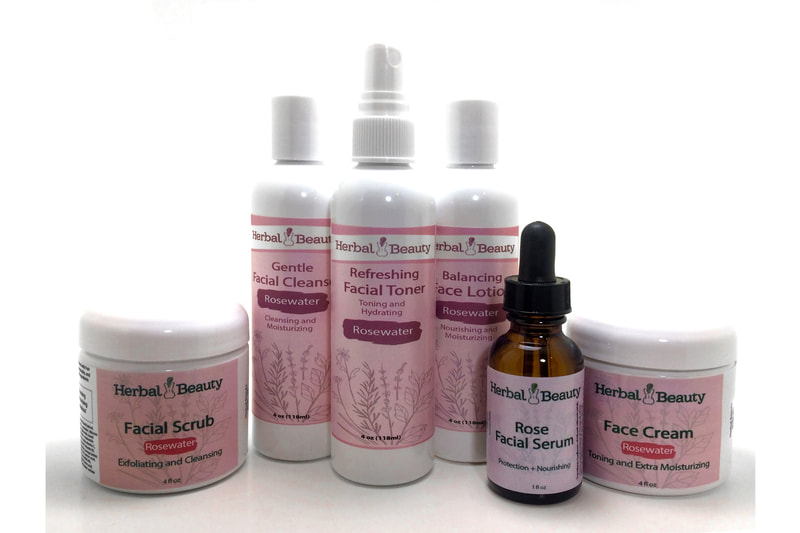

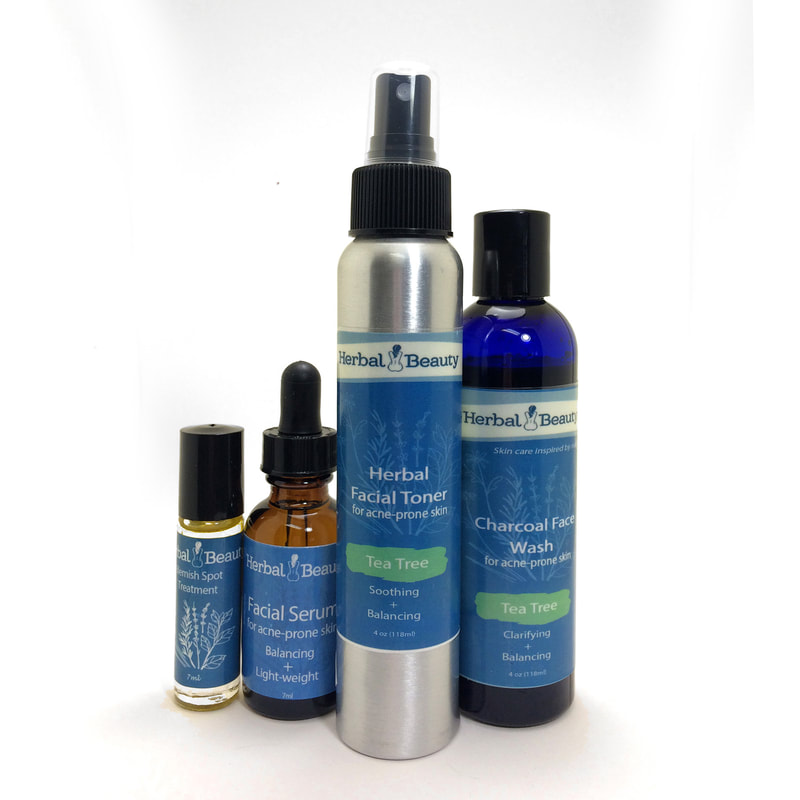


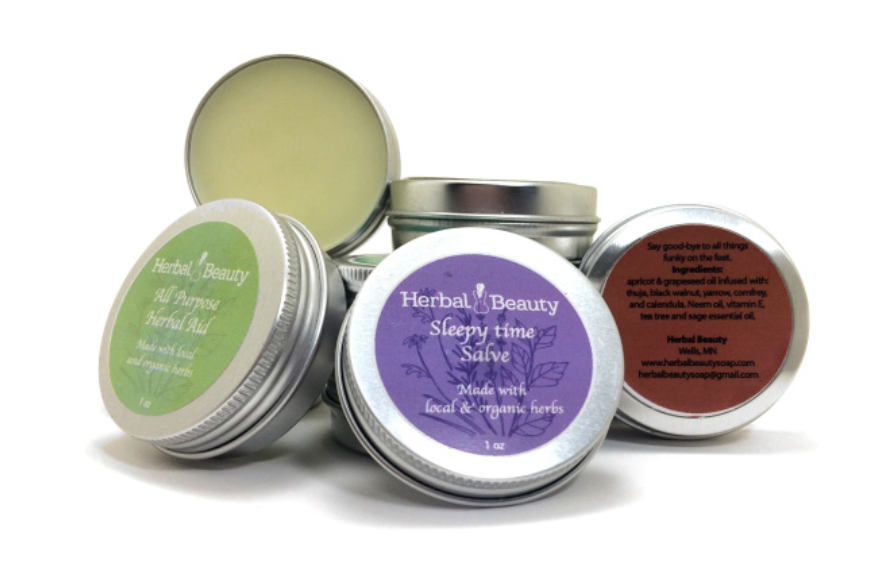







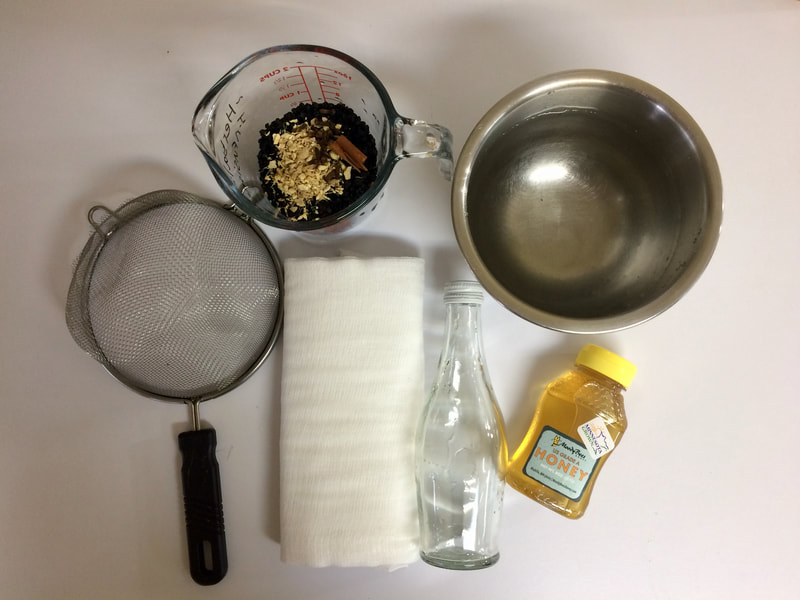









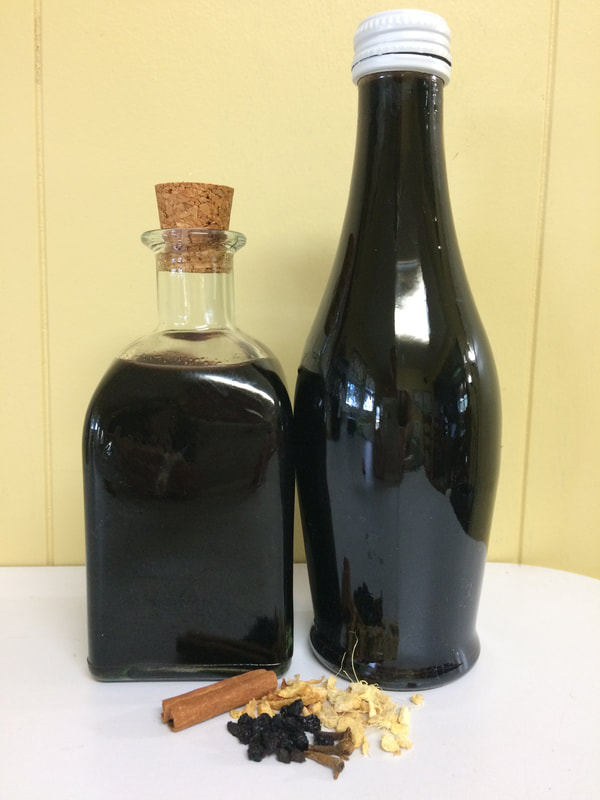







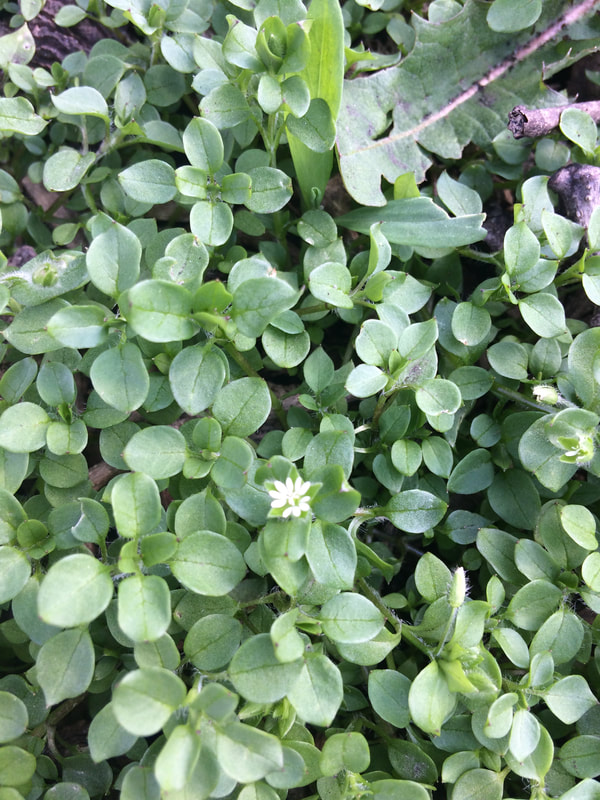


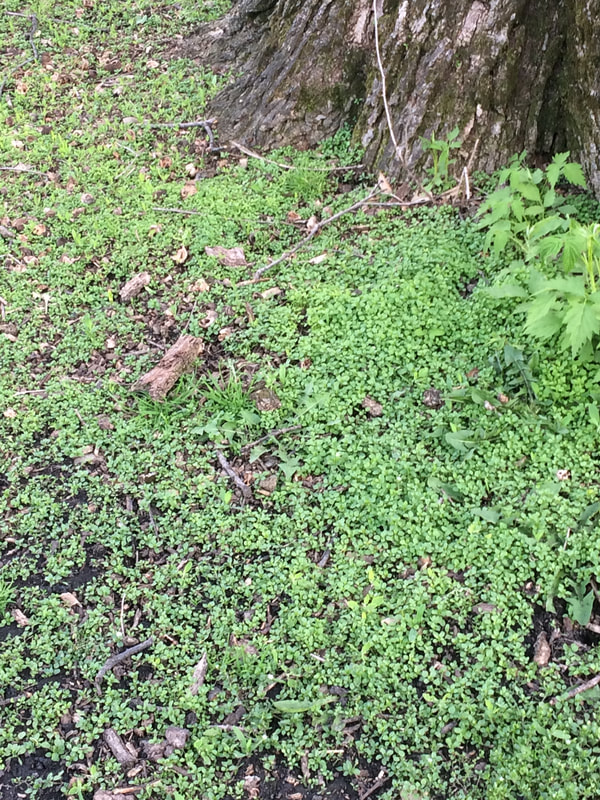



 RSS Feed
RSS Feed